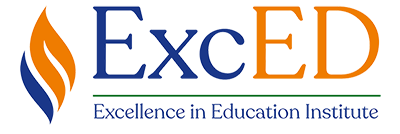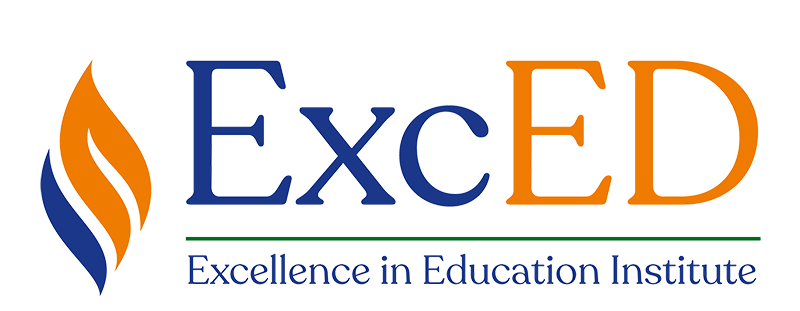Lean Six Sigma
Course Features
- Course Duration:
- Category: Technology and Operations
- Students: 0
- Certificate: No
- Location:
- Language:
- Lesson: 0
- Viewers: 1589
- Prerequisites: No
- Skill Level:
- Course Capacity: 50
- Start Course:
Descriptions
-
- This course uses the principles and concepts of Lean Management/Just-in-Time, Total Quality Management, Kaizen (continuous improvement), and Six-Sigma to chart a path in this direction. The emphasis will be on practicality and on techniques that have been proven to work in business organizations, both manufacturing and service.
Introduction
Customers’ loyal patronage is the lifeblood of all businesses. A firm must convince its customers that it offers superior value for money compared to what competitors offer. The components of value are Quality, Cost, and Delivery (QCD). Customers want consistently high quality, low or competitive costs, and reliable delivery or performance; trade-offs (or success in only two out of three) are not acceptable.
The outputs that customers pay for (whether products or services or a combination of the two) are the result of processes, series of interrelated activities that predictably transform inputs into desirable or value-adding outputs. Ensuring that their processes are consistently producing high-value outputs (from the customers’ viewpoint) at the least amount of time and costs is the principal issue in achieving and maintaining competitiveness, productivity, and profitability of business enterprises.
This course uses the principles and concepts of Lean Management/Just-in-Time, Total Quality Management, Kaizen (continuous improvement), and Six-Sigma to chart a path in this direction. The emphasis will be on practicality and on techniques that have been proven to work in business organizations, both manufacturing and service.
Learning Outcomes
At the end of this course, the participants will be able to:
- Explain that all work outputs are produced through processes with six interrelated elements, and that a failure in any causes mistakes, high costs, and delays.
- Learn the concept of “muda” or waste and how it applies to an operations environment, both manufacturing and service
- Learn specific techniques for improving quality, productivity, and efficiency.
- Explain and apply the three superordinate principles and seven key concepts of kaizen or continuous improvement, the philosophy underlying Lean Management
- Explain the basic Six Sigma concepts and improvement models
Target Participants
The participants should include all managers, supervisors, and technical staff.
Our Main Teachers
-
MBA at Ateneo Graduate School of Business…


